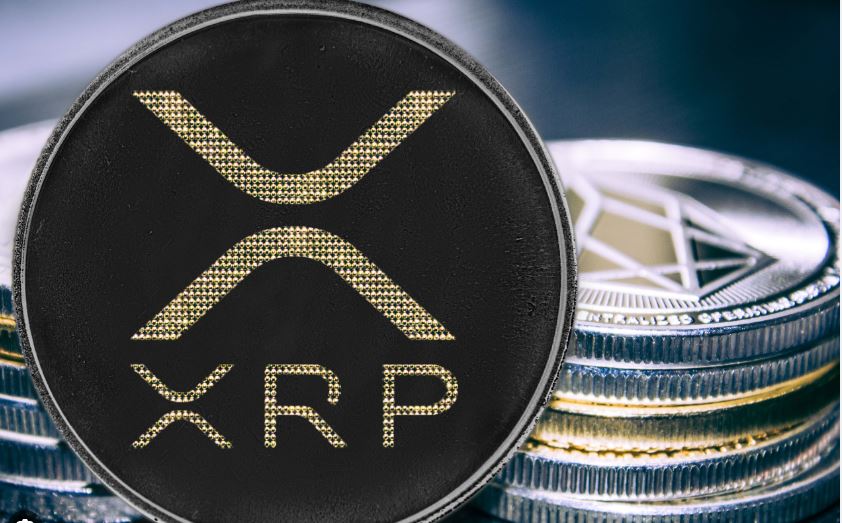Why XRP Cryptocurrency is Most trending
XRP is a digital currency that has gained significant traction in the cryptocurrency space. Its native blockchain, the XRP Ledger, is known for its fast transaction speeds, low fees, and energy efficiency. XRP is often utilized as a bridge currency for cross-border payments, enabling seamless and cost-effective transactions between different fiat currencies.
Origins and Background
XRP was initially launched in 2012 under the name Ripple. The company behind XRP, Ripple Labs, aimed to create a decentralized network that would facilitate faster and more efficient international payments. The XRP Ledger was designed to address the limitations of traditional banking systems, which often involve high fees, slow transaction times, and complex exchange processes.
Key Features of XRP
XRP possesses several distinguishing features that contribute to its widespread adoption:
- Fast Transaction Speeds: XRP transactions can be settled in as little as 3-5 seconds, significantly faster than traditional payment methods.
- Low Fees: XRP transactions typically incur minimal fees, making it a cost-effective solution for cross-border payments.
- Energy Efficiency: The XRP Ledger utilizes a consensus mechanism called Federated Consensus, which consumes less energy compared to Proof-of-Work or Proof-of-Stake blockchains.
- Global Reach: XRP is supported by a wide network of exchanges and financial institutions, facilitating its use across borders.
Applications of XRP
XRP’s unique characteristics make it suitable for various applications, including:
- Cross-Border Payments: XRP’s fast transaction speeds and low fees make it an ideal choice for international money transfers.
- Liquidity Provision: XRP is often used as a bridge currency to facilitate liquidity between different fiat currencies on cryptocurrency exchanges.
- Payment Settlements: XRP can be used to settle payments between businesses and individuals, streamlining the transaction process.
- Tokenization: XRP can be used to represent assets such as stocks, bonds, or real estate, enabling fractional ownership and enhanced liquidity.
Future of XRP
XRP’s future trajectory will depend on several factors, including regulatory developments, adoption by financial institutions, and the overall growth of the cryptocurrency ecosystem. The ongoing legal proceedings against Ripple Labs could also impact XRP’s future. Despite these uncertainties, XRP remains a significant player in the cryptocurrency landscape and holds the potential to revolutionize cross-border payments and financial transactions.
Conclusion
XRP has established itself as a prominent cryptocurrency with remarkable potential for facilitating faster, cheaper, and more efficient cross-border payments. Its unique features, global reach, and growing adoption make it a compelling solution for businesses and individuals seeking seamless international transactions. As the cryptocurrency landscape continues to evolve, XRP is poised to play a pivotal role in shaping the future of global finance.
